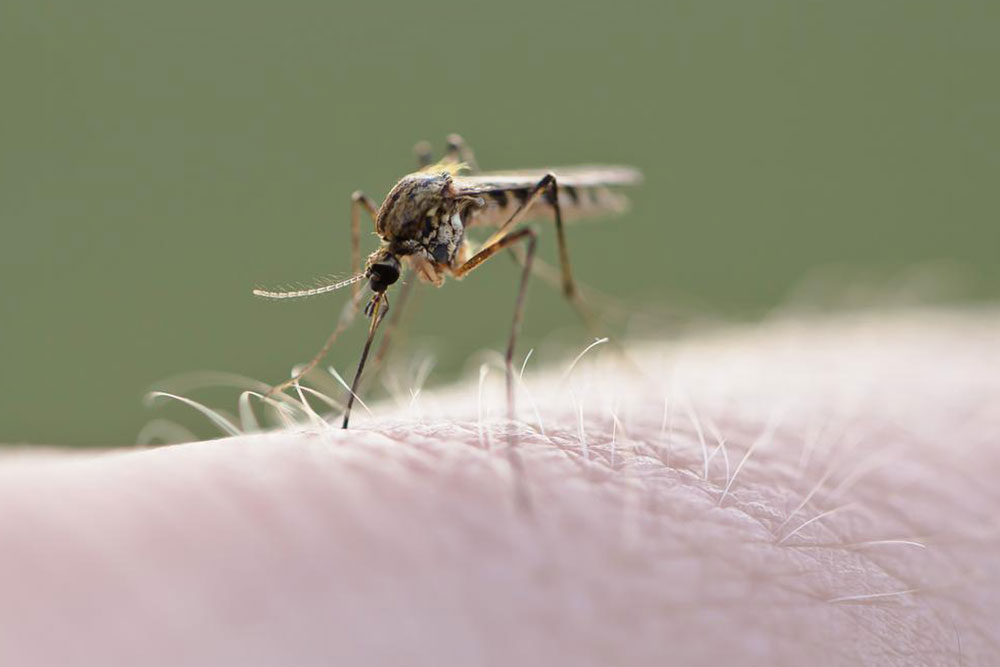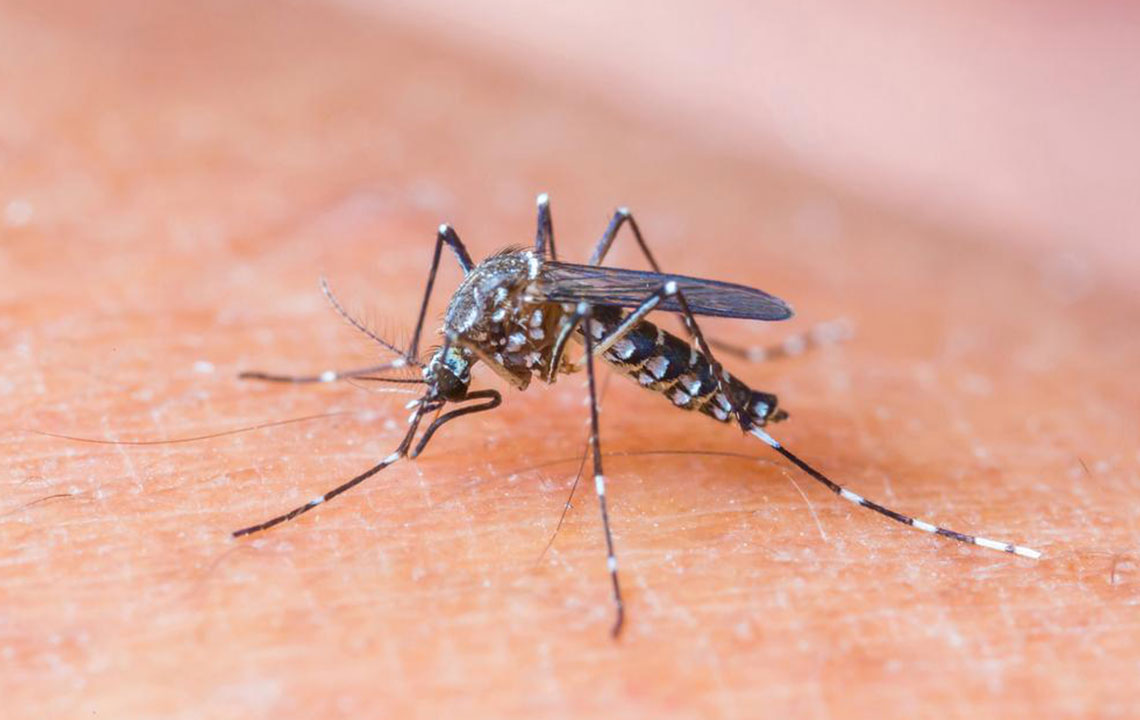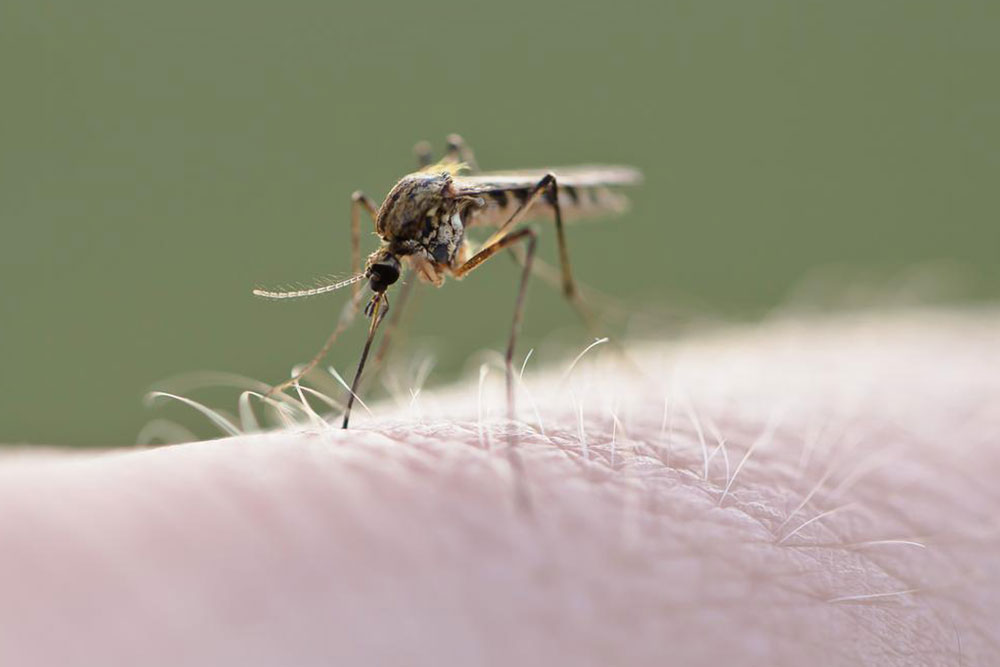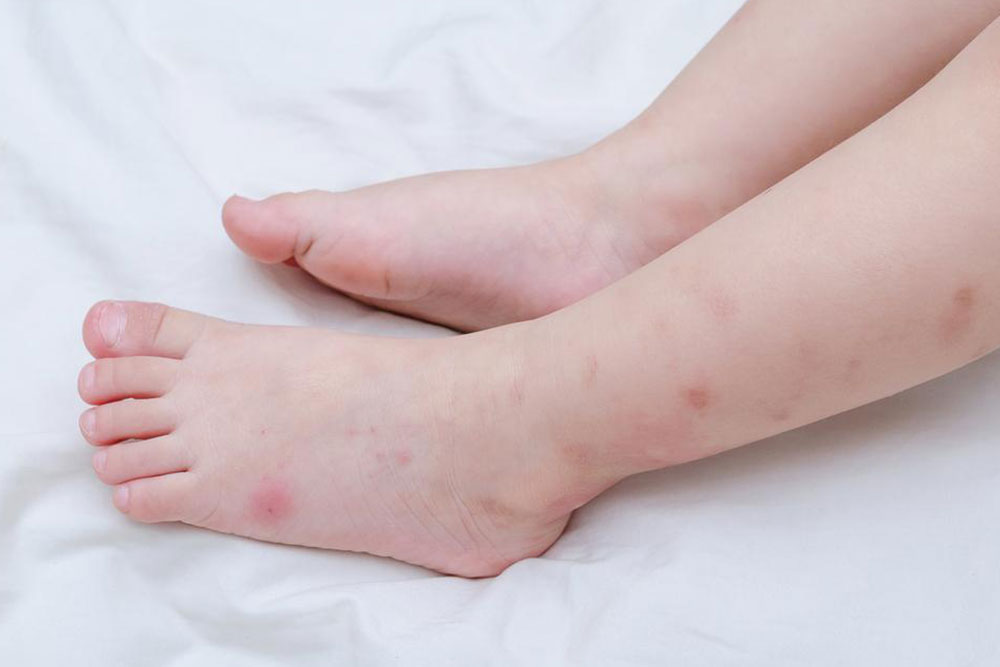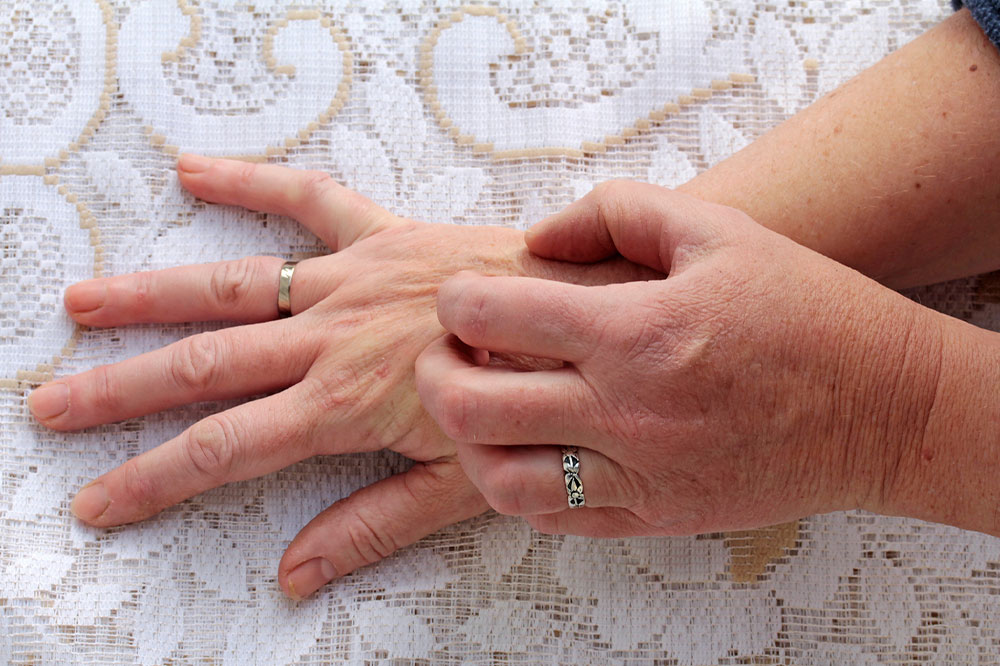Guide to Recognizing Different Insect Bites
Learn how to identify various insect bites by recognizing common signs such as itching, swelling, and skin appearance. This guide helps you distinguish between bites from mosquitoes, fleas, bedbugs, bees, wasps, spiders, and other insects, enabling faster and more effective treatment. Proper identification can prevent complications and ensure appropriate care. Remember, always seek professional medical advice if symptoms worsen or if you're uncertain about the bite's cause.

Guide to Recognizing Different Insect Bites
Knowing how to identify insect bites can significantly ease discomfort and aid in proper treatment. When you get bitten, symptoms can vary depending on the insect responsible. Recognizing the signs early helps prevent complications and infections. Various insects such as mosquitoes, ticks, flies, bees, wasps, spiders, and fleas leave distinctive marks. Environmental factors also influence the likelihood of bites, with outdoor areas and places with waste harboring many insects. Careful examination of the bite area reveals crucial clues for correct identification.
To identify insect bites, observe the affected skin carefully.
Itchy, small bites
Single, tiny bites are often from mosquitoes or flies, with a small central puncture visible.
Flea bites appear as tiny, itchy bumps clustered close together on the skin.
Bedbug bites typically present as red, itchy bumps, sometimes with blisters, aligned in rows of two or three.
Watch for swelling
Fire ant bites cause evident swelling, often with pus-filled blisters.
Scorpion stings lead to swelling, redness, and sometimes numbness or pain in the area.
Bee and Wasp stings
Immediate sharp or burning pain accompanies swelling and redness. A white spot and a welt form at the sting site. Bees often leave their stinger behind.
Spider bites
Spider bites may appear as small puncture wounds or a blue/purple sore that may turn into an ulcer. Severe reactions include muscle cramps, nausea, vomiting, or seizures. Infected bites may swell, turn pus-filled, or become painful.
Understanding these symptoms aids in correctly identifying the insect responsible for bites and seeking appropriate care.
Note:
The information provided regarding symptoms, treatments, and health conditions is for educational purposes only. It should not replace professional medical advice. Always consult licensed healthcare providers for proper diagnosis and treatment when necessary.

